BETTERLIFE | BASICS OF THE HUMAN HEART | #club5050
To all fellow Steemians, hello and Assalam u Alaikum. I'm doing well and loving my life, and I hope you're doing fine and enjoying yours as well.
Welcome to my most recent post in this lovely community, and I am grateful that you have taken the time to read it. So without further ado, let's get this scheme started.
As I previously stated, I am a medical student, thus in this informative article, I've decided to teach you about the fundamentals of the body's most crucial organ, The Heart. We should all have a fundamental understanding of our bodies, organs, and how they work.
.jpeg)
This essay just covers fundamental facts on the heart that any individual should be aware of, not just medical students.
So, let's start with the most basic question.
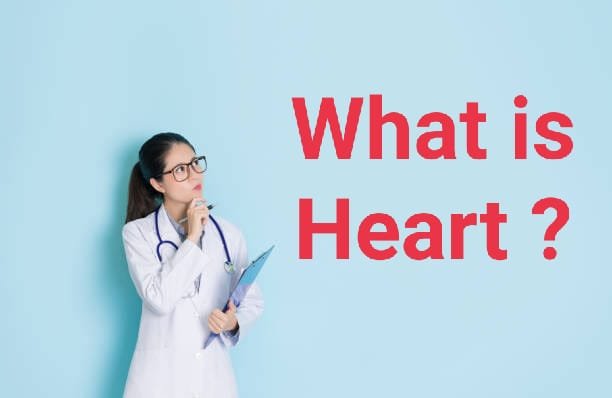
The heart is a hollow, muscular organ with a conical shape. The heart acts as a pump and is in charge of blood circulation through the blood arteries.
The heart is found behind the rib cage, to the left of the sternum (breastbone), and between the lungs. The left side of the chest contains two-thirds of the heart, while the right side contains the remaining third. The heart weighs between 450 and 500 grams. Epicardium and endocardium are the two layers that make up the heart.
The pericardium is an inelastic membrane that surrounds the heart and prevents it from being overstretched or overfilled with blood. Shock absorber pericardial fluid is also present.
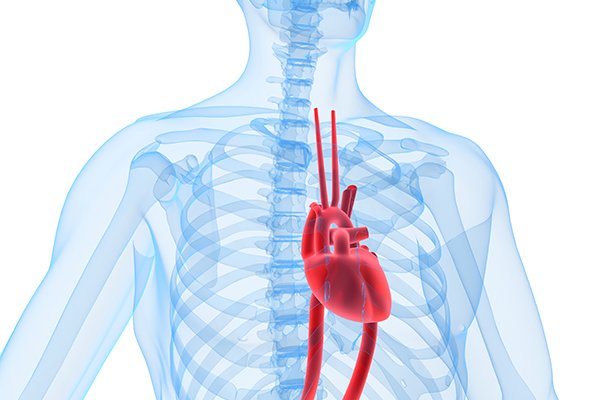
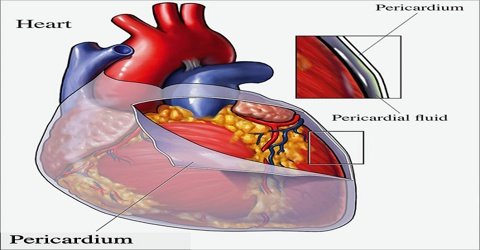
The heart is divided into four chambers: two upper atria and two lower ventricles. Depending on its function, each chamber has a varying thickness. Valves are also found between chambers, which prevent blood from flowing unintentionally from one chamber to the next.
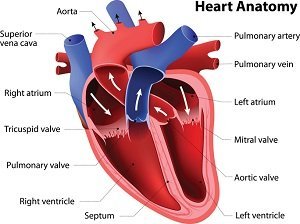
The Heart's primary duty is to pump blood and deliver a continuous supply of blood to the body's critical organs, particularly the brain.
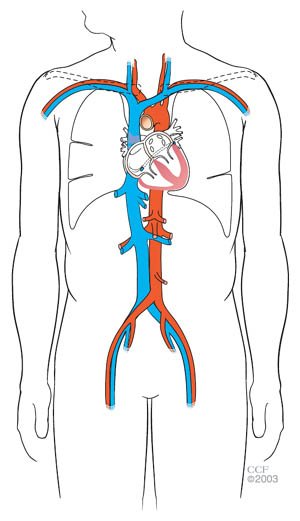
Link
Pureblood (oxygenated blood) is related to the left side of the heart, both the Atrium and Ventricle, whereas impure blood is associated with the right side of the body ( deoxygenated blood)
-The Right Atrium takes polluted blood from the entire body and transports it to the Right Ventricle, which is its respective ventricle.
-Blood is moved from the right ventricle to the lungs, purifying it.
-It returns to the left atrium of the heart after being oxygenated.
-When the left atrium gets pure blood from the lungs, it is sent to the left ventricle.
-Now there is pure blood in the left ventricle of the heart, ready to be distributed throughout the body.
-Finally, the largest blood vessel in the body, the AORTA, transports blood from the left ventricle to the entire body.
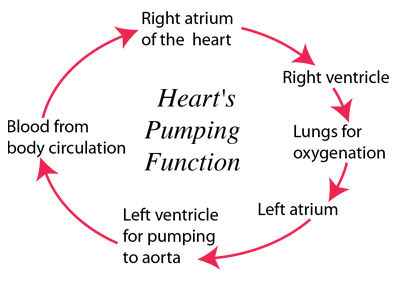
Link
Vessels are pipe-like tubes or channels through which blood is delivered to various regions of the body and returned to the heart.
- There are three different kinds of vessels.
-Arteries \s-Veins \s-Capillaries
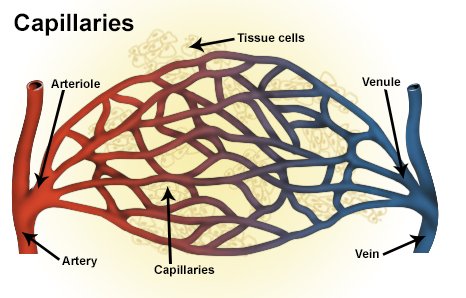
Link
Arteries
Arteries are the vessels which carry blood away from the heart. Mostly they carry oxygenated blood. The biggest artery present in human body is AORTA
Veins
Veins are the blood vessels which carry blood towards the heart. Mostly they carry deoxygenated blood. The biggest known known vein in human body is VENA CAVA
Capillaries
Capillaries are the smallest blood vessles. The primary function of capillaries is the exchange of material between the blood and the tissue cell. Capillaries also interconnect arteries with veins
In short, the picture below explains all
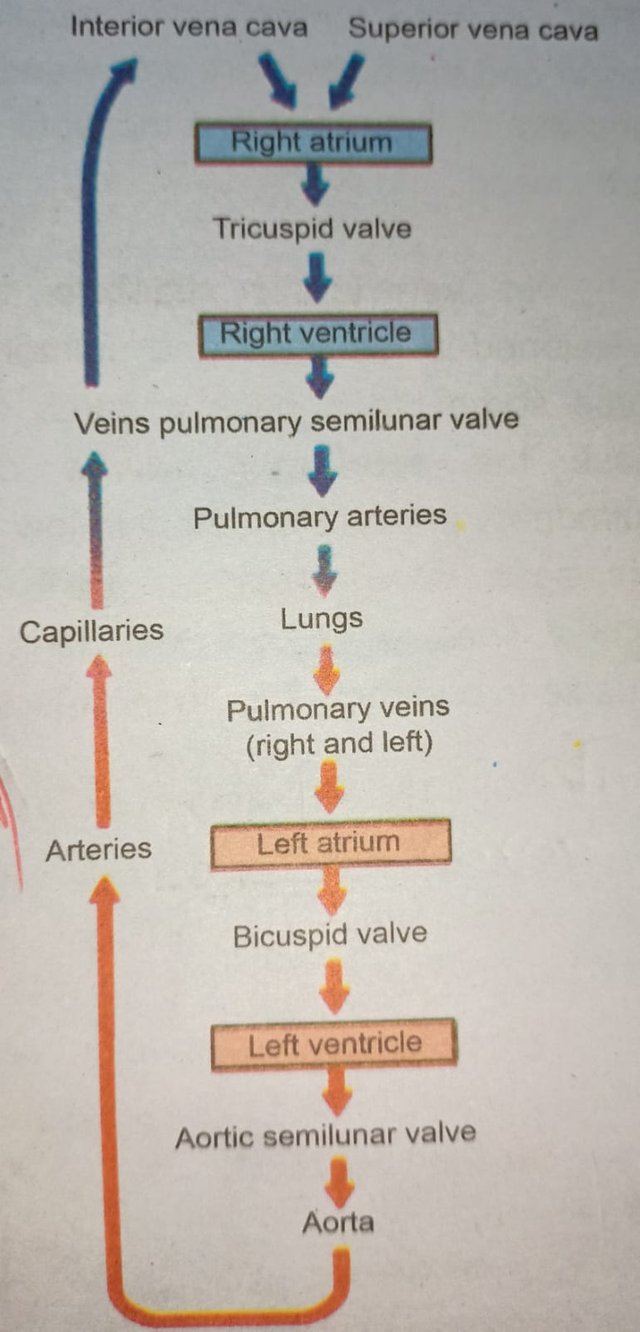
CONCLUSION
So that’s it with the basic information on our most important organ. It is very important to know about our body and how to take good care of it. If you liked this article and want me to write more medical-related articles, do let me know in the comment sections.
Thank you
regards,
@abdu.navi03

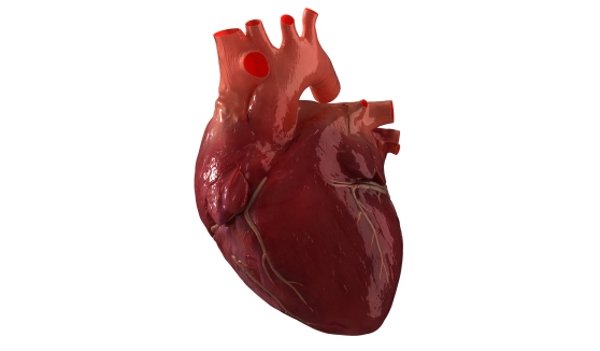
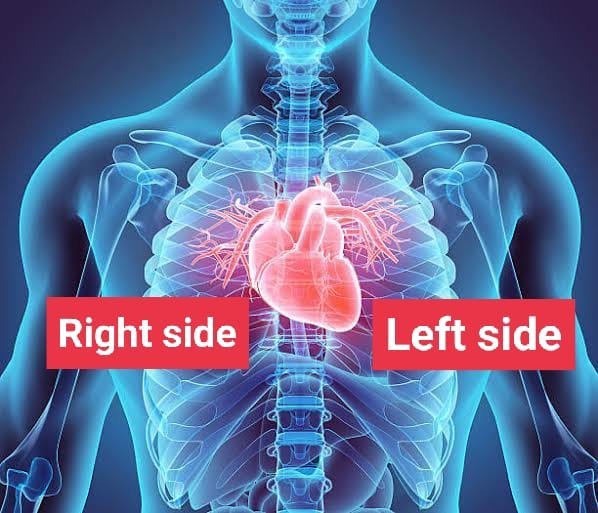
Excellent Information brother.
#club5050
Thank you
#club5050
You have provided very important information. Good work
#club5050
Thank you
Hi, @abdu.navi03,
Thank you for your contribution to the Steem ecosystem.
Please consider voting for our witness, setting us as a proxy,
or delegate to @ecosynthesizer to earn 100% of the curation rewards!
3000SP | 4000SP | 5000SP | 10000SP | 100000SP
Useful information